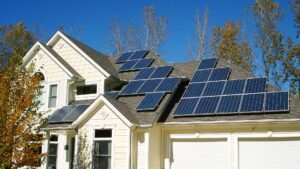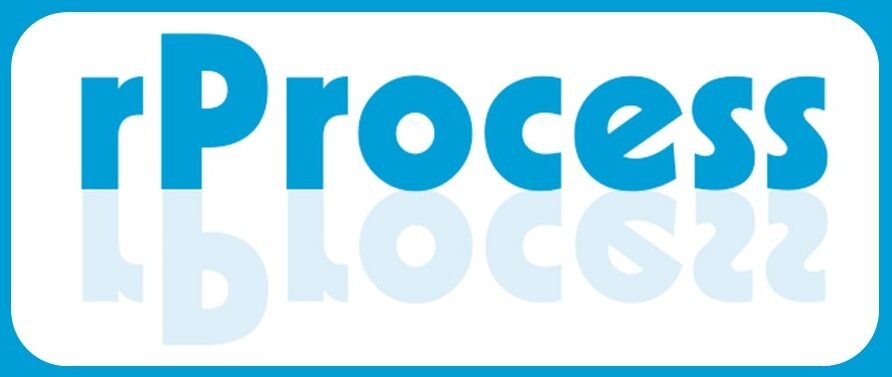Introduction
Solar energy is becoming an increasingly popular choice for clean and renewable power generation. As the technology advances and becomes more accessible, one crucial aspect to consider when installing solar panels is the mounting option. There are three primary options to choose from: roof-mounted, ground-mounted, and tracking systems. In this blog post, we’ll explore these options in detail to help you make an informed decision for your solar panel installation.
Roof-Mounted Solar Panels
-
Pros:
- Space Efficiency: Roof-mounted solar panels utilize the existing space on your roof, making them ideal for homeowners with limited yard space.
- Aesthetically Pleasing: They are less obtrusive and maintain the aesthetic appeal of your property since they’re not on the ground.
- Optimal Angle: Roofs are usually angled at a slope that can be optimal for solar panel positioning, depending on your location.
- Protection from Vandalism and Theft: Roof-mounted panels are less accessible and, therefore, less vulnerable to vandalism and theft.
Cons:
- Installation Challenges: The condition and angle of your roof may require additional structural modifications and could impact your installation costs.
- Shade: Overhanging trees or buildings may cast shadows on the panels, reducing their efficiency.

Ground-Mounted Solar Panels
Pros:
- Optimal Orientation: Ground-mounted panels can be positioned to face the optimal direction for solar exposure, maximizing energy production.
- Easier Maintenance: They are more accessible for cleaning and maintenance, reducing costs over time.
- Expandability: Ground-mounted systems are easier to expand if you want to increase your solar capacity in the future.
- No Roof Structural Impact: You won’t need to modify your roof structure, which can save on installation costs.
Cons:
- Land Use: Ground-mounted systems require more land space, which might not be suitable for homeowners with limited yard space.
- Aesthetic Impact: Some homeowners may find them less visually appealing, and they could affect the overall look of your property.
Vandalism and Theft: Ground-mounted panels may be more vulnerable to vandalism or theft, although security measures can mitigate this risk.

Tracking Solar Panel Systems
Pros:
- Optimal Sun Exposure: Tracking systems follow the sun’s path throughout the day, ensuring panels are always at an ideal angle to maximize energy production.
- Increased Efficiency: These systems can generate up to 45% more electricity annually compared to fixed systems.
- Space Efficiency: They require less space than ground-mounted systems because the panels move with the sun.
Cons:
- Complexity: Tracking systems are more complex and have more moving parts, increasing the potential for maintenance and repair costs.
- Higher Initial Cost: They are more expensive to install compared to fixed systems due to their complexity.
- Maintenance: Regular maintenance is required to keep the tracking mechanism functioning correctly.
- Limited Durability: Tracking systems may have a shorter lifespan due to increased wear and tear on moving components.

Conclusion
Choosing the right solar panel mounting option depends on various factors, including your property’s layout, budget, and energy needs. Roof-mounted panels are suitable for those with limited space and a desire for aesthetics, while ground-mounted panels offer flexibility and optimal positioning. Tracking systems, though more expensive, can significantly increase energy production for those willing to invest.
Before making a decision, it’s essential to consult with a solar installer who can assess your property and energy goals, helping you determine the most suitable mounting option. Regardless of your choice, solar panels are a wise investment for a more sustainable and energy-efficient future.

